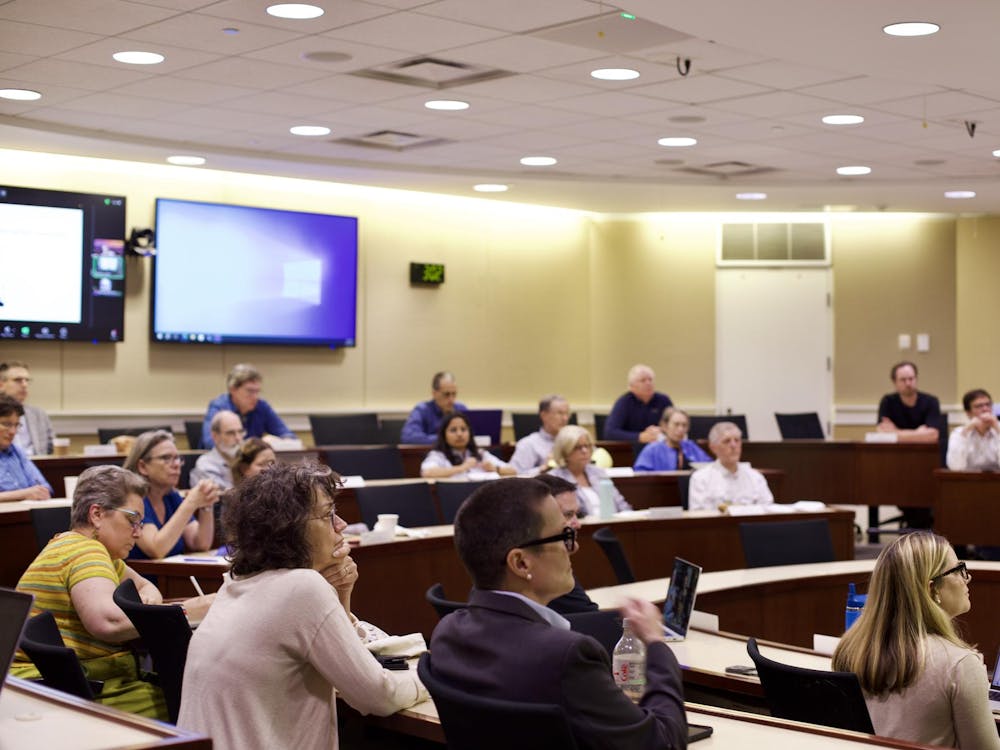 Medical examiner Bill Gormley testified yesterday that Yeardley Love died of blunt force trauma injuries to the head and neck as George Huguely's murder trial entered its sixth day. Huguely faces first-degree murder charges for Love's death.
Medical examiner Bill Gormley testified yesterday that Yeardley Love died of blunt force trauma injuries to the head and neck as George Huguely's murder trial entered its sixth day. Huguely faces first-degree murder charges for Love's death.
Gormley said a post-mortem examination of Love's body revealed significant abrasions and lacerations on her legs and arms, as well as her neck and the top portion of her skull.
While he said the subscalpular contusion on the top of Love's skull was the most likely cause of death, he noted the neck injuries also suggested pressure was applied to that area of Love's body. The pressure could have caused Love's heart to stop, Gormley said.
Gormley rejected the defense's argument that Love died as a result of positional asphyxiation.
"I don't see anything else that would go with an asphyxial death," Gormley said.
Defense attorney Rhonda Quagliana pointed out that the injuries could have been caused by contact with the floor and that there was no injury on the left side of Love's face.
Earlier that day the prosecution gave the jury a letter Huguely had written to Love. The contents of the letter were withheld from the public.
Several Charlottesville police officers also testified about their immediate investigation of the crime scene.
"There was an effort to check everything we could possibly check," Sgt. Steven Dillon said.
Dillon added that he found a red stain on the carpet at the end of the bed, as well as blood on the bed apron.
Another officer, Jeremy Carper, testified that he collected DNA directly from Huguely. He said Huguely also had abrasions on his right arm and left leg. He further testified that Huguely was cooperative with officials during that part of the investigation.
The prosecution is expected to present a few more witnesses and could conclude its case as early as tonight.






